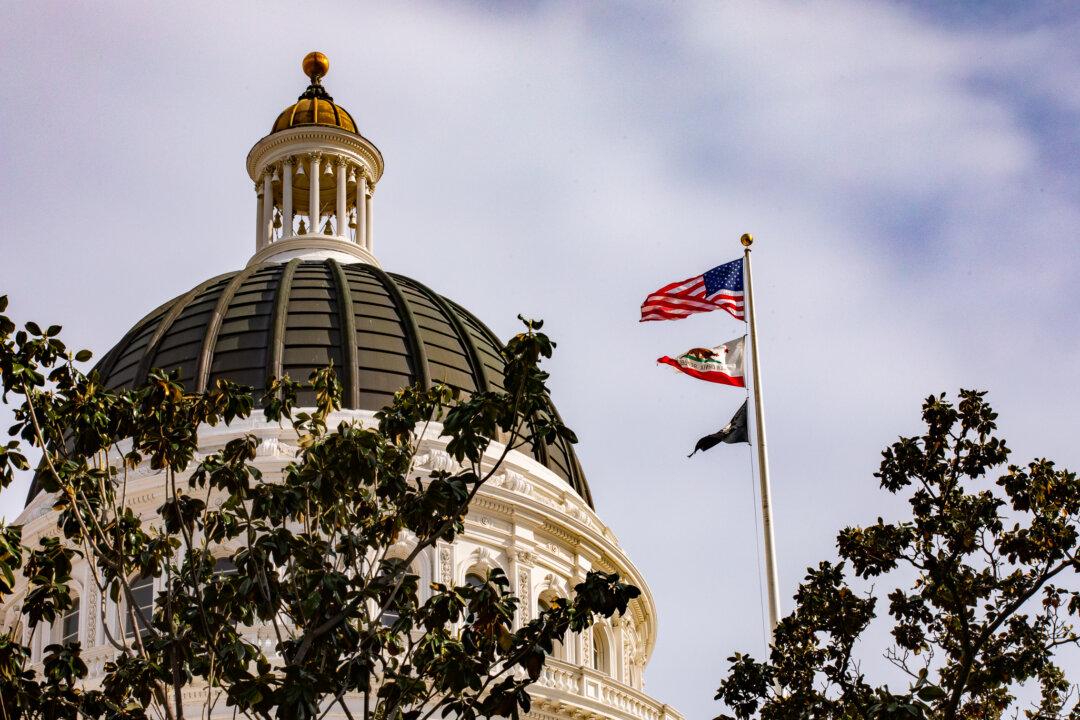California air regulators voted unanimously Dec. 15 to reduce fossil fuel reliance through recommended changes in transportation, agriculture, and energy practices. Critics, however, say it’s not enough to fight climate change.
Earlier this year Gov. Gavin Newsom signed legislation that mandated California to become “carbon neutral,” by 2035. The plan set forth by the California Air Resources Board this week set that goal at 2045.





